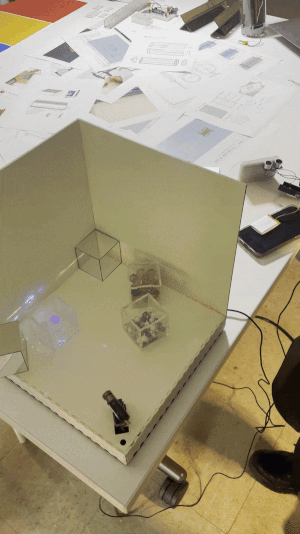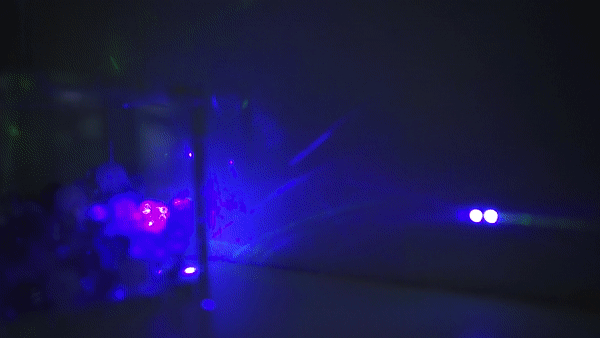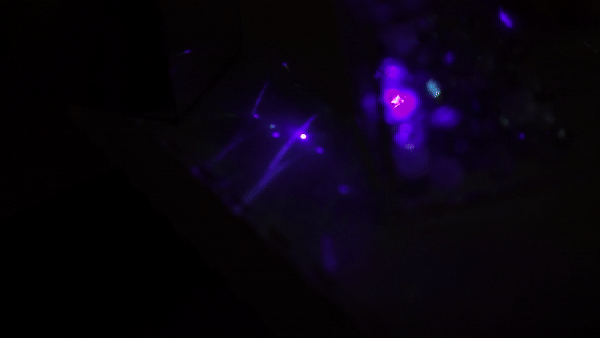
Memory Monitor | Informative Threshold Spaces for Accesibility
GOAL
Design an I/O interaction within a physical environment to connect those inside and outside. Trigger curiosity, invite participation, and create opportunities for engagement. Additionally, assist the decision-making behind entering a space by providing useful information, such as acitivity levels of the inside.
Design an I/O interaction within a physical environment to connect those inside and outside. Trigger curiosity, invite participation, and create opportunities for engagement. Additionally, assist the decision-making behind entering a space by providing useful information, such as acitivity levels of the inside.
ABSTRACT
What are the things we wish, or need, to know about spaces in order to decide whether or not we want to join them? MEMORY MONITOR allows participants within a space to generate visuals of their recent and current activity levels, displayed ambiently in threshold areas, as a means of communicating with those passing by outside.
What are the things we wish, or need, to know about spaces in order to decide whether or not we want to join them? MEMORY MONITOR allows participants within a space to generate visuals of their recent and current activity levels, displayed ambiently in threshold areas, as a means of communicating with those passing by outside.
Prototyping Interactive Environments
Spring 2022
Spring 2022
team
solo project
solo project
duration
3 weeks
3 weeks
tools
Arduino
laser cutter + 3D printer
Arduino
laser cutter + 3D printer
IDEATION 🤝 LEARNING THROUGH MATERIAL
The blueprint for my design concept was an input value (something representing activity, such as volume or movement controlling a motor), with an attached laser that would “paint” onto a surface coated with glow-in-the-dark material, and would therefore leave a “history”.
I learned:
[1] I could project the laser into far distances and onto different surfaces, which could represent different physical spaces/thresholds. ie. the corner of a room, the end of the hallway past the door, windows (clear materials)
[2] I can create interesting shapes/compositions by refracting the light.
[2.5] Situated on a single motor, the laser would only be able to move in one axis. ( -> troubleshoot this later)


IDEATION 🤝 PROBLEM SPACE
Key takeaways:
[1] Designing for a human issue: utility for sensory/environmental sensitivities or preferences -> Accessibility and spaces
[2] Be creative about where the image is projected; this aids the goal of an ambient design. What are the contexts necessary for glanceability?

PROTOTYPING
The final prototype I fabricated is a composition made by a laser refracting through different materials (mirrors, marbles, faceted glass) projected onto the entire corner of a wall. Participants inside can move these cases of refractive materials around to alter the compositions made, and due to the scale of the wall, it can be seen from outside the room. The laser moves according to a distance sensor placed outside the doorway, representing activity through proximity and quantity of people entering.
GALLERY



